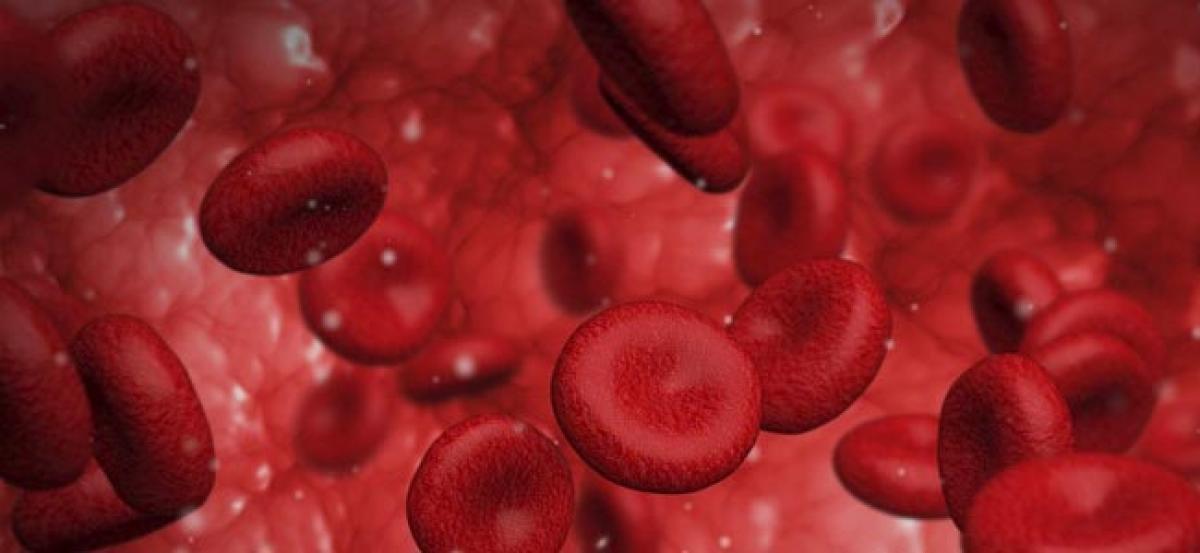Live
- People want Eknath Shinde to become Chief Minister again: Shivaji
- All hospitals must have fire safety systems in place: Health Minister
- Visesha Pret exhibition organised
- Ayurvedic doctor booked for high antibiotic dosage to pregnant woman
- HSL bags two SODET Awards
- Revanth calls for 10-day festivities from Dec 1
- ‘Storytelling’- a platform to share pain, inspire people
- Our govt will extented all help to young entrepreneurs: Ponnam
- 1,200 participate in Sahasra Galarchana at Tirumala
- IT Minister reassures govt support to start-ups
Just In

Researchers including one of Indian-origin have created a new computer model that shows how tiny slits in the spleen prevent diseased red blood cells from re-entering the bloodstream.
New York: Researchers including one of Indian-origin have created a new computer model that shows how tiny slits in the spleen prevent diseased red blood cells from re-entering the bloodstream.
Their model provides a new tool for studying the spleen's role in controlling diseases that affect the shape of red blood cells, such as malaria and sickle cell anaemia, and can be used to develop new diagnostics and therapeutics for a variety of acute and chronic diseases.
"The computational and analytical models from this work, along with a variety of experimental observations, point to a more detailed picture of how the physiology of human spleen likely influences several key geometrical characteristics of red blood cells," said Subra Suresh, President, Carnegie Mellon University in Pittsburgh, Pennsylvania, US.
The findings were published in the journal Proceedings of the National Academy of Sciences.
"They also offer better understanding of how the circulatory bottleneck for the red blood cell in the spleen could affect a variety of acute and chronic disease states arising from hereditary disorders, human cancers and infectious diseases, with implications for therapeutic interventions and drug efficacy assays."
The spleen is like the water treatment plant for the body's bloodstream. It prevents pathogens from reaching the bloodstream and filters out old and misshapen red blood cells.
In order to "see" how the interendothelial slits regulate red blood cell circulation, the researchers created a computer simulation based on dissipative particle dynamics, a modeling method developed and refined for biological cells in partnership with Brown University Professor George Karniadakis.
Their model allowed them to determine the range of cell sizes and shapes that could fit through the slits.
The range closely mirrored the range of sizes and shapes for healthy red blood cells, indicating that only healthy cells should be able to pass through the slits.
In addition to giving researchers a better picture of how the spleen functions, the findings provide new insights into drug treatments.
A class of drugs currently in development for treating malaria alters the shape of red blood cells infected with malaria, theoretically preventing them from passing through the interendothelial slit.
The researchers' results also could explain why artemisinin-based anti-malarial drugs, which stiffen healthy and malaria-infected red blood cells, could lead to severe anaemia, the study said.

© 2024 Hyderabad Media House Limited/The Hans India. All rights reserved. Powered by hocalwire.com







